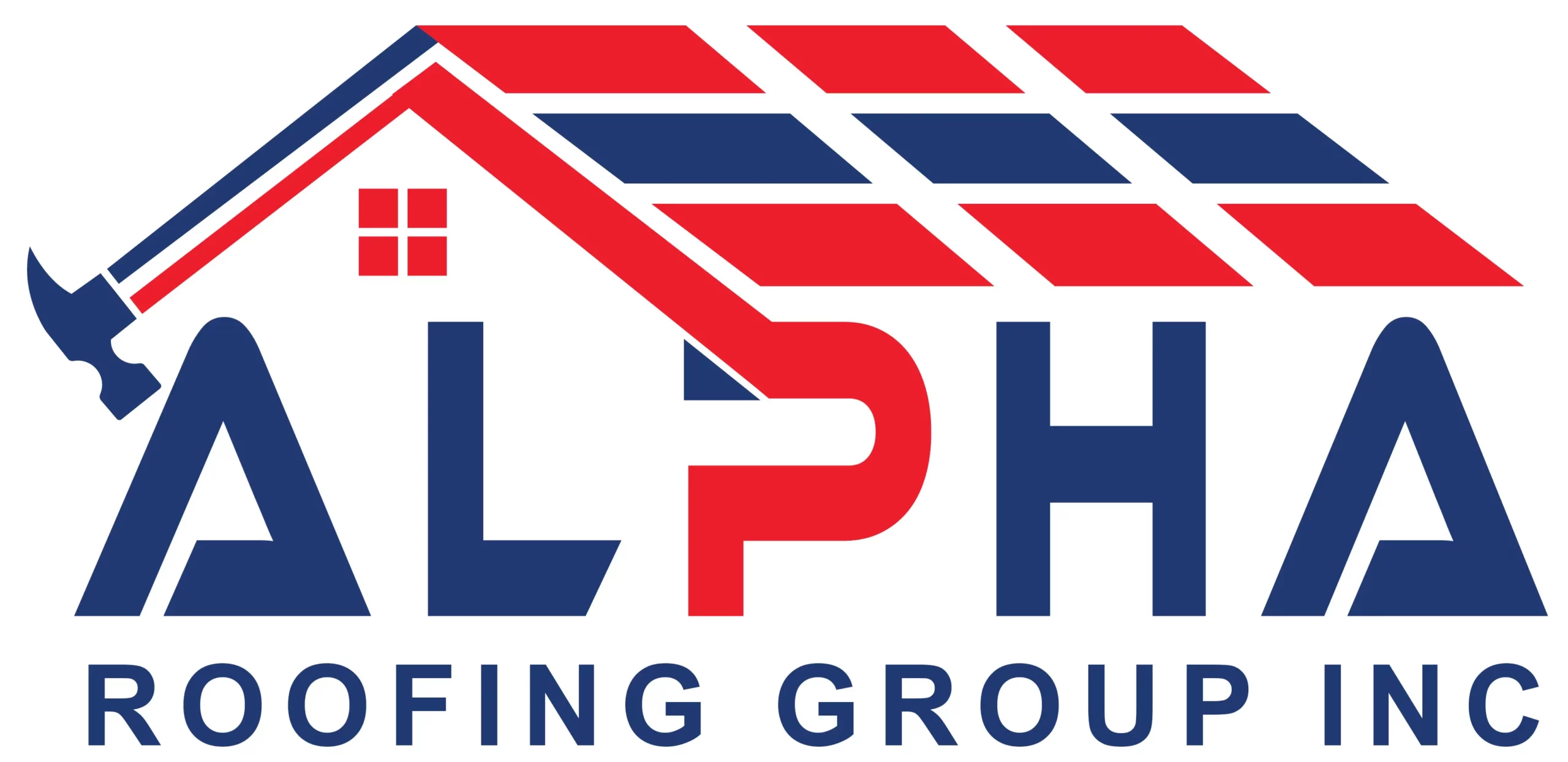The Need for Environmental Stewardship in Construction
With the construction industry being a significant contributor to environmental impact, the emphasis on sustainable practices has never been more critical. Commercial roofing for environmental sustainability is not just a trend but a necessity that aligns with global efforts to battle climate change. In Burbank, CA, companies are increasingly aware of their ecological footprint, making environmentally sustainable roofing systems a top priority for builders and property owners alike.
Defining Sustainable Commercial Roofing
Commercial roofing that falls under the umbrella of sustainability encompasses materials and methods designed to lessen environmental impact. Sustainable roofing materials refer to those that are produced and used efficiently and responsibly. They have low life-cycle costs, high durability, and the potential to be recycled or reused, thereby reducing waste and conserving natural resources.
Benefits for Businesses and the Environment
Choosing sustainable materials and construction not only helps the planet but also offers a myriad of benefits to businesses. Energy-efficient roofing systems can lower operational costs by reducing energy consumption for heating and cooling. Furthermore, green roofing solutions for businesses can improve brand image, leading to a positive public perception, and can even provide a healthier work environment by improving air quality and reducing heat islands in urban settings.
The Impact of Eco-Friendly Roofing in Burbank
In Burbank, where sunny days are abundant
Selection of Sustainable Roofing Materials
As environmental concerns take center stage, selecting the right materials is crucial for creating an eco-friendly commercial roof. Sustainable roofing materials are characterized by their reduced environmental footprint, substantial durability, and potential for recyclability. These materials not only support the conservation of resources but also facilitate energy savings and long-term economic benefits for businesses.
Longevity and Recyclability of Roofing Materials
The longevity of a roofing material directly impacts its sustainability. Materials such as metal offer extensive durability, often lasting 50 years or more with minimal maintenance. Furthermore, their recyclability at the end of life helps to minimize waste in landfills, reinforcing the cycle of sustainability.
Metal Roofing: A Sustainable Choice
Metal roofing stands out as a prime example of sustainability in practice. Not only does it provide impressive durability and lifespan, but the metal also reflects solar heat, which can lead to a reduction in cooling costs. Its ability to be fully recycled at the end of its service life further solidifies its status as an environmentally responsible choice.
The Role of Recycled Shingles
Recycled shingles, often made from materials like rubber or high-recycled-content plastics, offer an innovative way to reduce roofing waste. These shingles are eco-friendly, lightweight,
Effective Implementation of Eco-Conscious Roofing Strategies
The transition to commercial roofing for environmental sustainability requires more than just choosing the right materials. It involves a comprehensive approach that includes effective design, installation, and maintenance practices—all focused on reducing environmental impact and enhancing energy efficiency.
Adherence to Sustainable Building Codes
In Burbank and beyond, adhering to sustainable building codes is paramount. These codes not only ensure the safety and performance of roofing systems but also solidify the commitment to environmental stewardship. By following these regulations, businesses can ensure their roofing investments are aligned with both local standards and global sustainability goals.
Integrating Energy Conservation Techniques
Cutting-edge design and proper installation play a pivotal role in maximizing the sustainability of a roofing system. This includes incorporating features such as proper ventilation, high-quality seals, and insulation that collectively contribute to significant energy savings and reduce the need for artificial heating and cooling.
Regular Maintenance and Sustainability Audits
Long-term sustainability also hinges on regular roof maintenance and audits. These practices help to ensure that roofing systems are performing at their peak, minimizing the risk of energy waste and extending the lifespan of the materials, which is integral to keeping roofing systems eco-friendly and cost-effective.
Pursuing Burbank Roof Sustainability Certifications
Achieving sustainability certifications is
Handy Tips
Tip 1
Select roofing materials such as metal or integrated solar solutions that not only last longer but are also efficient in energy consumption; ideal for Burbank’s generally mild winter conditions.
Tip 2
Embrace eco-roofing technologies, like vegetative green roofs or reflective cool roof systems, to improve thermal resistance and diminish thermal loss when the temperatures drop.
Tip 3
Commit to regular winter maintenance of your roof, including inspections for potential leaks or damage, to ensure the eco-efficient roofing structure operates effectively and maintains its structural integrity.
Tip 4
Partner with a local roofing professional in Burbank who holds sustainability accreditations and boasts a record of installing environmentally friendly commercial roofs, for assured quality in both service and materials.
Tip 5
Contemplate enhancing your commercial property’s insulation or performing an energy efficiency audit to optimize heat preservation, which helps slash energy expenditure and lowers the building’s environmental impact.
Commonly Asked Question
What are the benefits of choosing commercial roofing for environmental sustainability?
Choosing environmentally sustainable commercial roofing can provide numerous benefits, including significant energy savings due to reduced heating and cooling costs. Such roofing systems can also strengthen a business’s brand image, contribute to a healthier work environment, and align with global efforts to combat climate change. By investing in sustainable materials and construction practices, businesses help preserve natural resources and promote a cycle of sustainability, leading to both economic and ecological advantages.
Why is metal roofing considered a sustainable choice for commercial properties?
Metal roofing is considered a sustainable option due to its durability, longevity, and energy efficiency. With a potential lifespan exceeding 50 years and minimal maintenance requirements, metal roofing provides long-term cost savings. It also reflects solar heat, which helps to lower cooling costs. At the end of its service life, metal roofing can be fully recycled, reducing landfill waste and emphasizing its environmental responsibility.
How does regular maintenance contribute to the sustainability of commercial roofing?
Regular maintenance and sustainability audits are vital in ensuring that commercial roofing systems remain environmentally friendly and cost-effective over time. These practices ensure roofs are performing optimally, which helps prevent energy waste. Consistent maintenance extends the life of roofing materials and identifies any areas for improvement, contributing to the overall sustainability and efficiency of the roofing system.
What role does adherence to sustainable building codes play in commercial roofing?
Adhering to sustainable building





